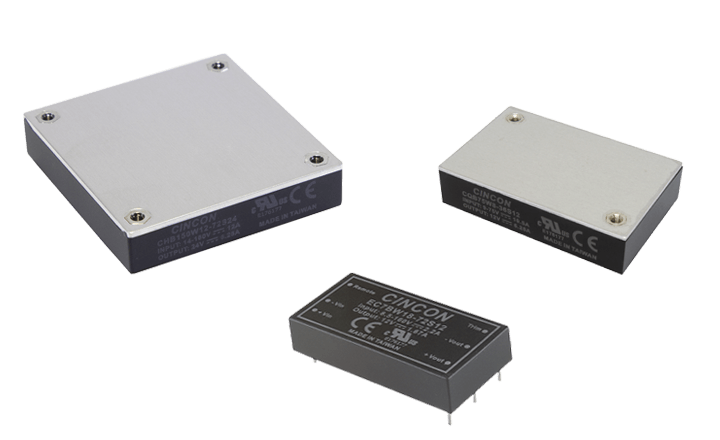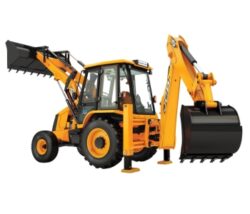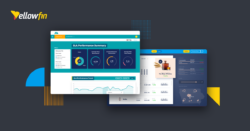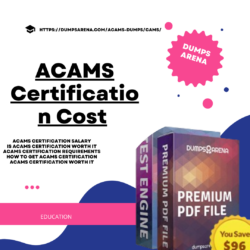Exploring the Different Types of DC Converters and Their Applications
Unlocking the world of electronics requires a deep understanding of power conversion. One essential component that plays a crucial role in this process is the DC converter. Whether you’re an electronic hobbyist or a seasoned engineer, knowing about the different types of DC converter and their applications can elevate your projects to new heights. In this blog post, we will dive into the fascinating world of DC converters, exploring their various forms and uncovering how they are utilized in real-world scenarios. So fasten your seatbelts as we embark on this electrifying journey together!
What is a DC Converter?
At its core, a DC converter is a device that facilitates the conversion of direct current (DC) power from one voltage level to another. It acts as an intermediary between different power sources and loads, ensuring that the electrical energy flows smoothly and efficiently.
The primary function of a DC converter is to regulate and transform the electrical characteristics of the input DC power to match the requirements of the connected load. This can involve stepping up or stepping down the voltage levels, adjusting current flow, or even changing the polarity. By doing so, it enables seamless integration between various components within an electronic system.
What sets DC converters apart is their ability to provide stable and reliable power supply while maintaining high efficiency. This makes them indispensable in numerous applications across diverse industries. From renewable energy systems harnessing solar or wind power, to telecommunications networks requiring precise voltage regulation, DC converters play a vital role in keeping these systems operating optimally.
Moreover, with advancements in technology, we now have access to a wide range of DC converter types catering to specific needs. These include buck converters for step-down voltage conversion, boost converters for step-up voltage conversion, buck-boost converters for both step-down and step-up functions, and many more specialized variants.
Intriguingly versatile yet often overlooked heroes behind our electronic devices’ smooth operation – that’s what makes DC converters such fascinating components! Stay tuned as we explore their different types and delve into their exciting applications next!
Different Types of DC Converters
DC converters, also known as direct current converters, are electronic devices that convert one form of direct current (DC) voltage to another. They play a crucial role in various applications where power conversion is required. Let’s explore some of the different types of DC converters and their specific applications.
1. Buck Converter: This type of converter steps down the input voltage to provide a lower output voltage. It is commonly used in battery-operated devices such as mobile phones and laptops.
2. Boost Converter: In contrast to the buck converter, the boost converter increases the input voltage to deliver a higher output voltage level. It finds application in systems like solar power inverters and electric vehicles.
3. Buck-Boost Converter: As the name suggests, this converter can step up or step down the input voltage depending on the load requirements. It is widely used in battery charging circuits and portable electronic devices.
4. Flyback Converter: The flyback converter operates by storing energy in an electromagnetic field during its ON period and releasing it during its OFF period when needed by the load. It is often employed in low-power applications like LED lighting systems or small appliances.
5.. Full-Bridge Converter: This type works by switching four transistors at high frequency to produce an AC-like waveform with adjustable magnitude and frequency for driving loads such as induction motors or transformers.
Each type of DC converter has its own unique characteristics that make it suitable for specific applications across industries ranging from telecommunications to renewable energy systems.
Conclusion
In this article, we have explored the different types of DC converters and their various applications. We started by understanding what a DC converter is – a device that converts direct current (DC) from one voltage level to another.
We then delved into the different types of DC converters available in the market today. From buck converters to boost converters, flyback converters to forward converters, each type has its own unique characteristics and advantages. Some are more suitable for high-voltage applications, while others excel at providing efficient power conversion for low-power devices.
The versatility of DC converters makes them essential components in numerous industries and applications. They play a crucial role in renewable energy systems, allowing solar or wind-generated power to be converted into usable electricity for homes and businesses. They also find application in electric vehicles, where they facilitate charging batteries efficiently.
In addition, DC-DC converters are used extensively in telecommunications equipment, computer servers, aerospace systems, medical devices, and many other electronic devices. Their ability to regulate voltage levels with precision ensures stable operation and optimal performance across various applications.
As technology continues to advance rapidly, it is clear that the demand for more efficient and versatile DC converters will only increase. Engineers around the world are constantly pushing boundaries to develop new converter designs that offer higher efficiency rates while reducing size and cost.
So whether you’re charging your smartphone or powering an entire renewable energy system on your rooftop – remember that behind it all lies a sophisticated yet indispensable component: the humble but powerful DC converter!
To sum up our exploration of these fascinating devices – from their principles of operation to their diverse range of applications – it’s safe to say that without them, our modern world as we know it would not be possible!





















































